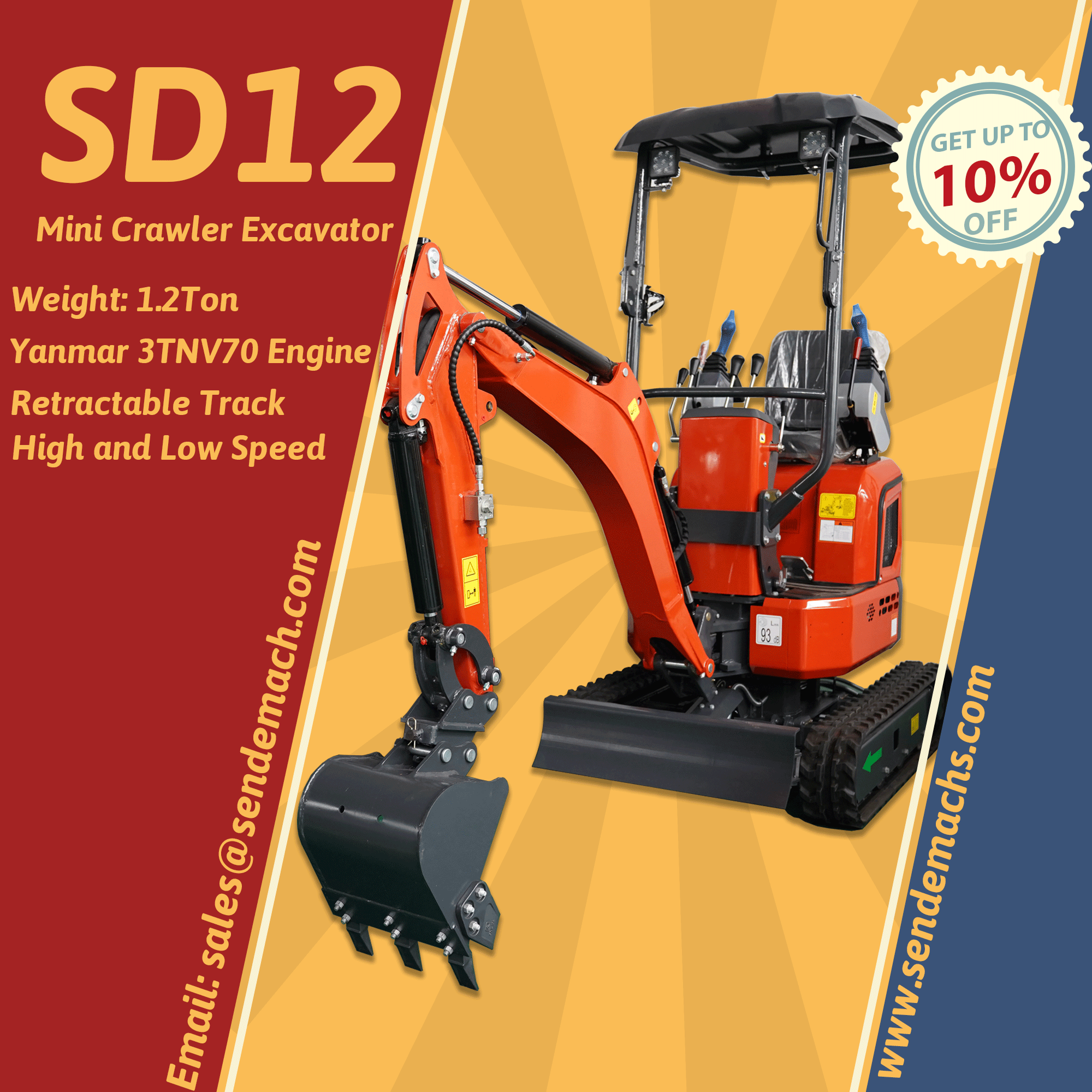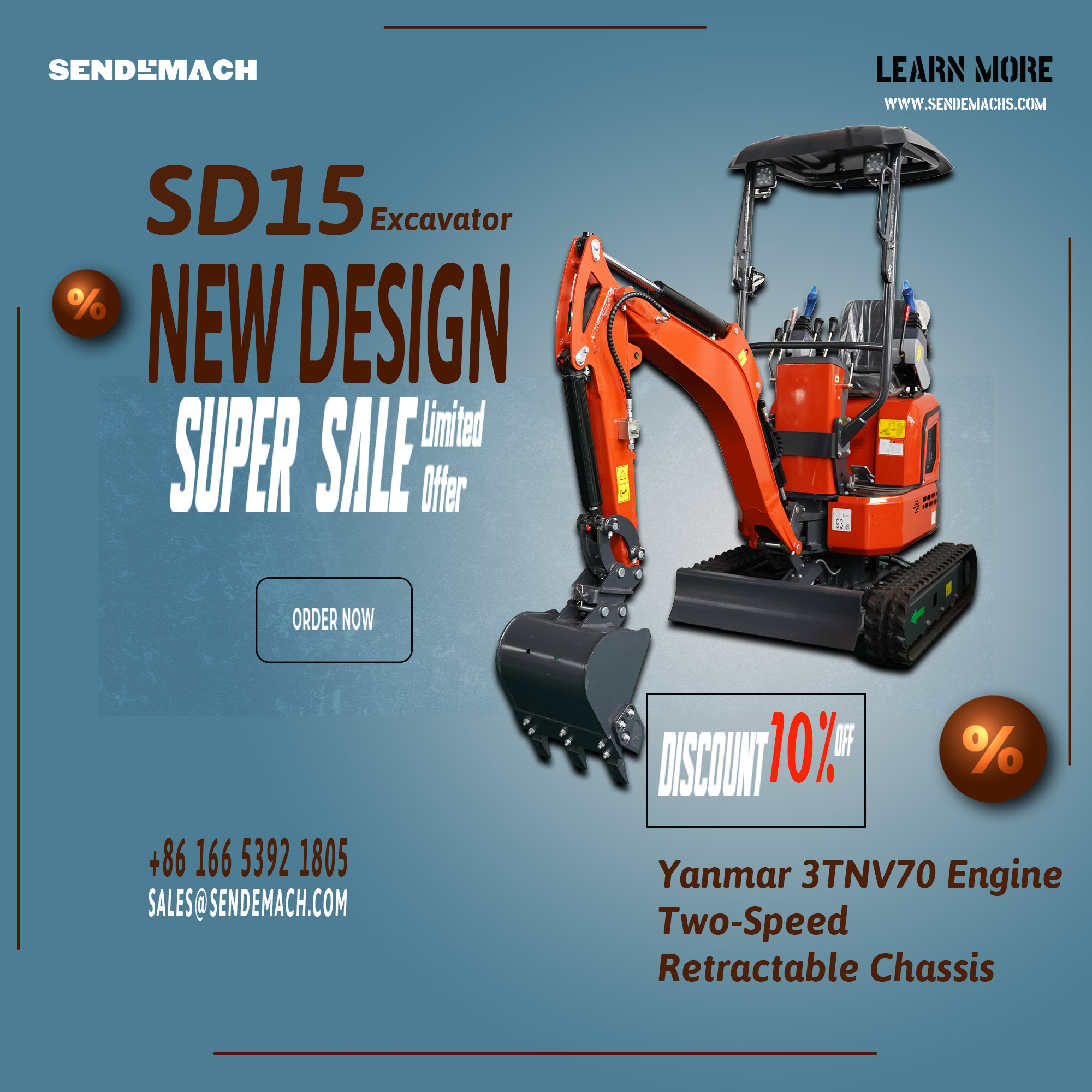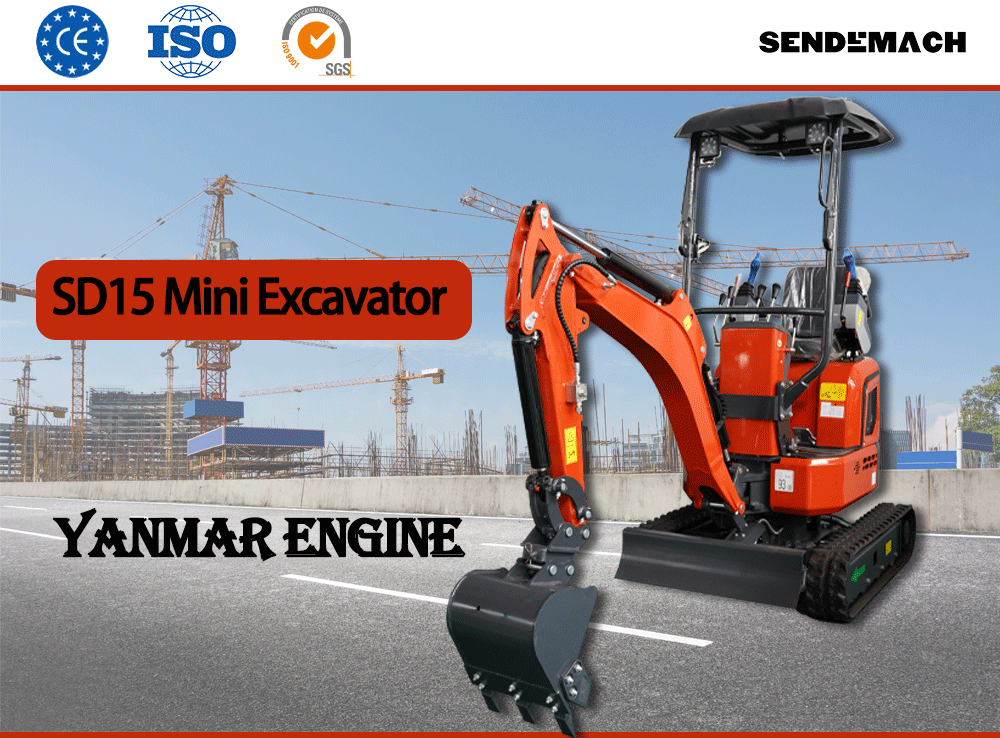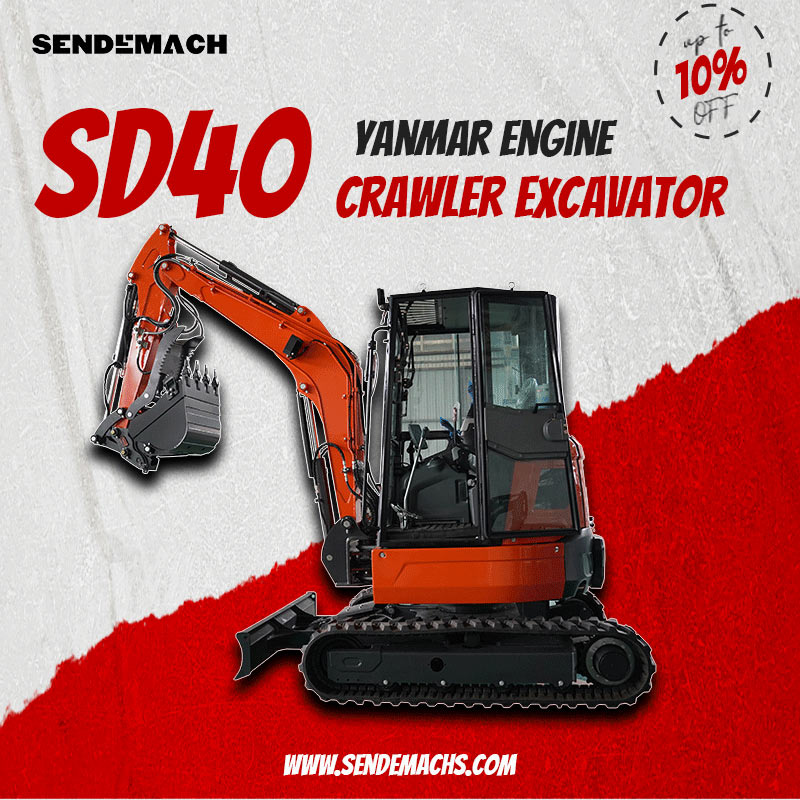If you're in construction, landscaping, or agriculture, you've likely asked: What’s the difference between an excavator and a backhoe? While both are used for digging and earthmoving, they are different machines with distinct designs, capabilities, and use cases.
Excavator:
Features a rotating cab (up to 360° rotation)
Has a single arm with a bucket attached to a boom and stick
Usually mounted on tracks (sometimes wheels)
Built primarily for heavy-duty digging and demolition
Backhoe:
Combines a rear digging arm (the “backhoe”) and a front loader bucket
The cab can only rotate about 200°
Always wheeled, more mobile on roads
Functions as a multi-purpose machine: digging, loading, lifting
Backhoe:
More versatile for small-to-medium projects
Can perform multiple tasks: trenching, backfilling, material loading
Often used in farming, light construction, and utility work
Excavator:
Offers superior digging depth, reach, and power
Ideal for large-scale excavation, demolition, mining, and roadwork
Common in heavier commercial construction
Excavator:
Available in mini (1–6 tons), mid-size (7–20 tons), and large (20+ tons) models
Deeper dig depths (can exceed 20 ft)
Backhoe:
Typically 6–12 tons
Moderate digging depth (around 14–17 ft)
Excavator:
Generally more expensive due to higher capacity
Better long-term investment for specialized contractors
Backhoe:
Lower cost and better for multi-functionality
Ideal for smaller businesses or municipalities needing one machine for multiple jobs
It depends on your project:
| Use Case | Better Option |
|---|---|
| Deep trenching / demolition | Excavator |
| Multi-tasking on farms / roads | Backhoe |
| Urban construction in tight spaces | Mini Excavator |
| Material loading + digging combo | Backhoe |
Both excavators and backhoes are essential construction machines, but they serve different purposes. Excavators are perfect for heavy-duty digging and demolition, while backhoes shine in versatility and mobility. For the best of both worlds, many contractors choose both machines for their fleets.
 What is a 1 ton mini excavator
What is a 1 ton mini excavator
 Mini pelle 1.5T prix : le guid
Mini pelle 1.5T prix : le guid
 ¿Cuánto cuesta una máquina exc
¿Cuánto cuesta una máquina exc
 SENDEMACH SD40 Crawler Excavat
SENDEMACH SD40 Crawler Excavat